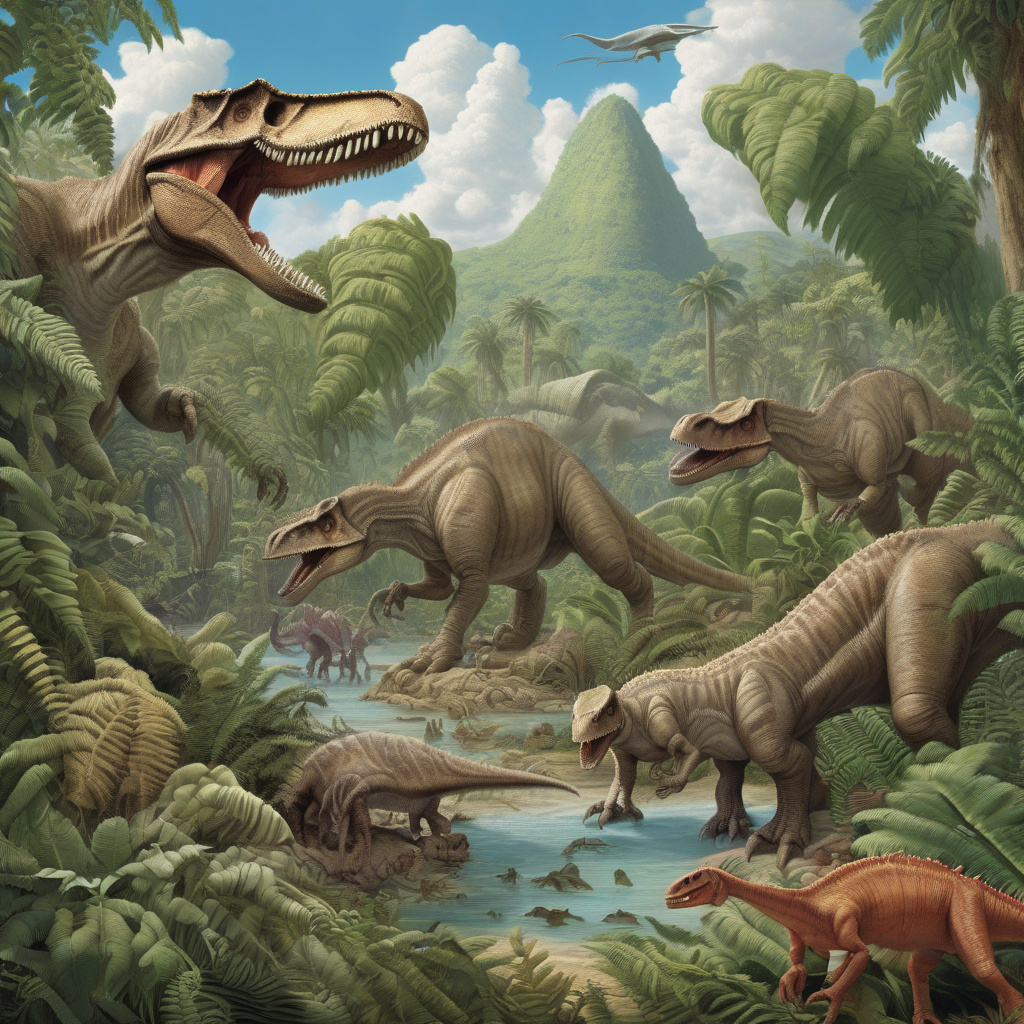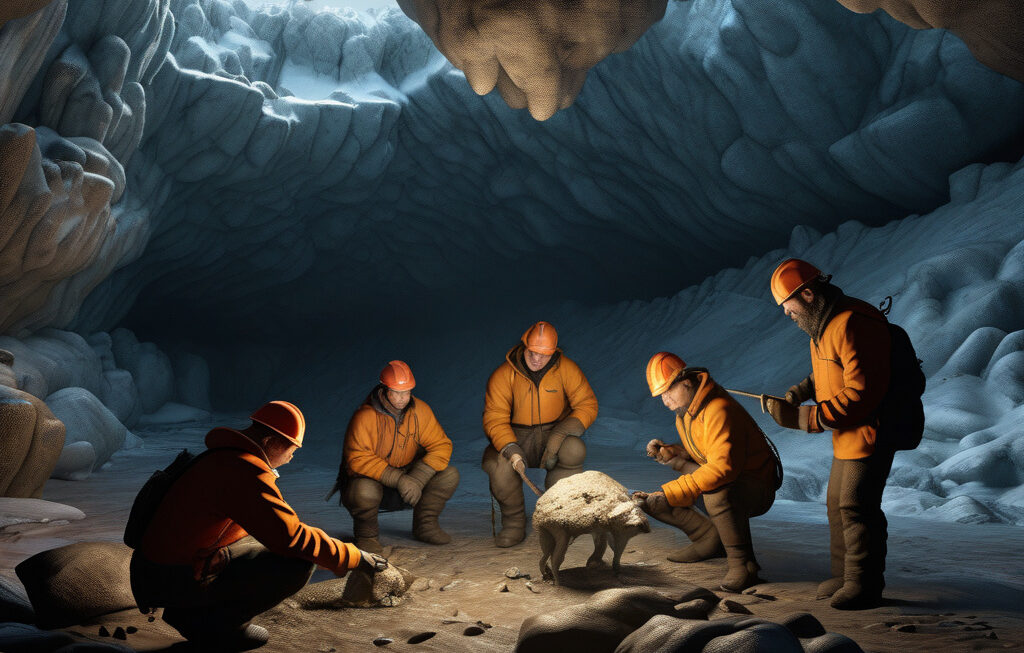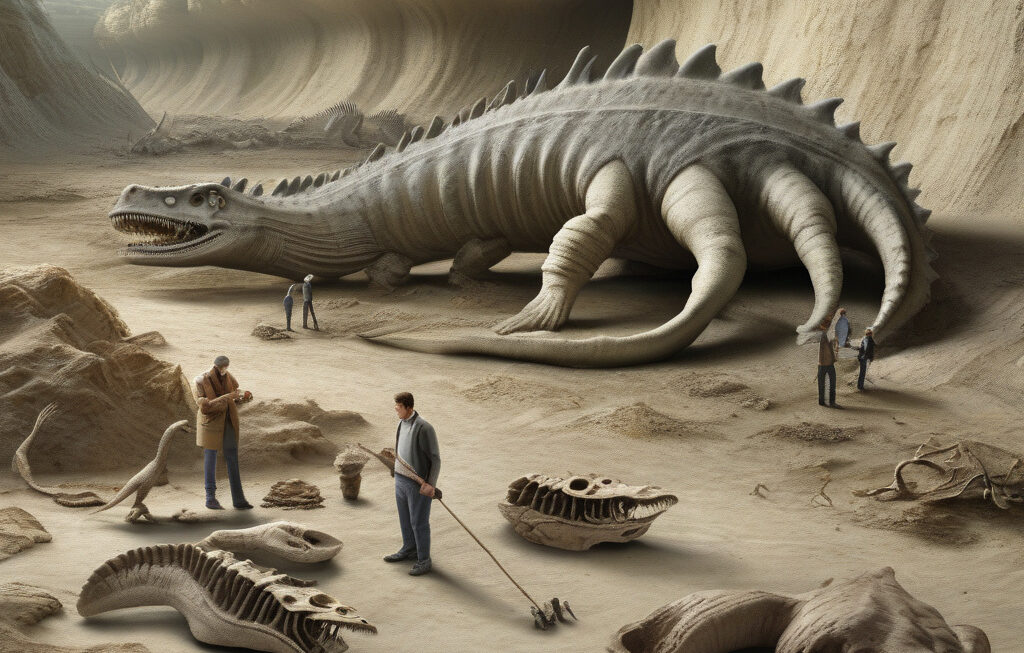New Climate Record Found in Fossil Teeth Reveals Earth’s Hotter, Greener Past
Dinosaur teeth are no longer just relics of prehistory. Scientists have discovered they hold an invaluable record of Earth’s ancient climate, painting a vivid picture of a world that was significantly hotter and lusher during the age of dinosaurs.
Recent research has unearthed a groundbreaking discovery – the analysis of oxygen isotopes in fossilized dinosaur teeth has provided scientists with a unique insight into the environmental conditions that prevailed millions of years ago. By studying the composition of these isotopes, researchers can infer the temperature and humidity levels of the ancient ecosystems in which these magnificent creatures roamed.
The findings indicate that the Earth during the dinosaur age was not only warmer but also much greener than previously believed. The presence of dense vegetation and abundant plant life is a stark contrast to the barren landscapes that exist in many parts of the world today. This new evidence challenges our understanding of past climates and highlights the dynamic nature of our planet’s environmental history.
One of the key revelations from this research is the role of greenhouse gases in driving global temperatures during the Mesozoic era. The high levels of carbon dioxide in the atmosphere at that time created a greenhouse effect that trapped heat, leading to a much warmer climate than we experience today. This discovery has significant implications for our current understanding of climate change and the factors that contribute to global warming.
Moreover, the discovery of a hotter and greener Earth in the dinosaur age raises important questions about the resilience of ecosystems in the face of rapid environmental changes. The ability of plant and animal species to adapt to shifting climate conditions is a critical area of study, especially in the context of ongoing climate change and its impact on biodiversity.
In addition to providing insights into ancient climates, the analysis of fossilized teeth also offers a unique perspective on the dietary habits of dinosaurs. By examining the chemical signatures preserved in the teeth, scientists can reconstruct the diets of these prehistoric creatures and understand how they interacted with their environment. This information is invaluable for reconstructing ancient food webs and exploring the ecological relationships that existed millions of years ago.
As we continue to unravel the mysteries of the past through innovative scientific techniques, the study of fossilized dinosaur teeth stands out as a remarkable example of how ancient relics can provide valuable information about Earth’s history. By piecing together the clues preserved in these fossilized remains, scientists can reconstruct the lost worlds of the past and gain a deeper appreciation for the ever-changing dynamics of our planet’s climate.
The discovery of a new climate record in fossil teeth serves as a reminder of the importance of studying the Earth’s history to better understand the challenges we face in the present and future. As we grapple with the impacts of climate change, this research offers valuable insights into the resilience of ecosystems and the interconnectedness of life on Earth. By learning from the past, we can hope to build a more sustainable future for generations to come.
climate change, fossil teeth, dinosaur age, environmental history, climate record












